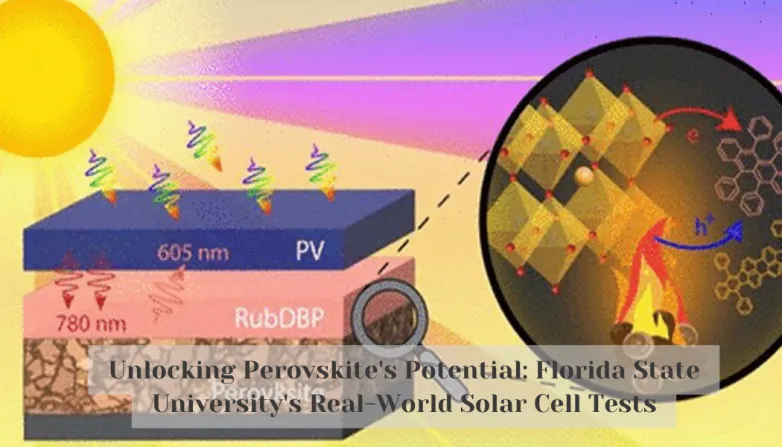Unlocking Perovskite's Potential: Florida State University's Real-World Solar Cell Tests
- Researchers from Florida State University and the FAMU-FSU College of Engineering study next-gen material for solar cells in real-world conditions. Findings suggest potential implementation of perovskite-based upconversion devices in commercial solar cells, advancing more efficient solar cell technologies.

Researchers from Florida State University and the FAMU-FSU College of Engineering have conducted a study on perovskite, a next-generation material for solar cells. They examined its performance under real-world conditions, including high temperatures and sunlight exposure. The research aimed to explore new ways of utilizing photons and improving the efficiency of solar cells.
The study found that while perovskite degraded when exposed to high temperatures, the main factor affecting the device's performance was the crystallization of organic molecules under heat. This knowledge provides insights into the implementation of perovskite-based upconversion devices in commercial solar cells and highlights the need to address engineering challenges for their viability. Despite the remaining obstacles, the research contributes to the development of more efficient solar cell technologies.
New Solar Technology Emerges
- The research team used state-of-the-art methods to investigate how perovskite solar cells responded to high temperatures and sunlight exposure.
- The study has paved the way for further investigation of the conversion of photons from sunlight into electricity and the engineering challenges associated with its implementation in commercial solar cells.
- The findings of the research indicate that organic molecule crystallization is a major factor affecting the performance of perovskite solar cells, and suggest ways to improve their efficiency.
- The research opens up the possibility of utilizing new materials for solar cells, which could result in higher efficiency and more cost-effective solar energy production.
- The team believes that further research is needed to fully understand the potential of perovskite-based upconversion devices and the challenges associated with their production and implementation.
Also read


